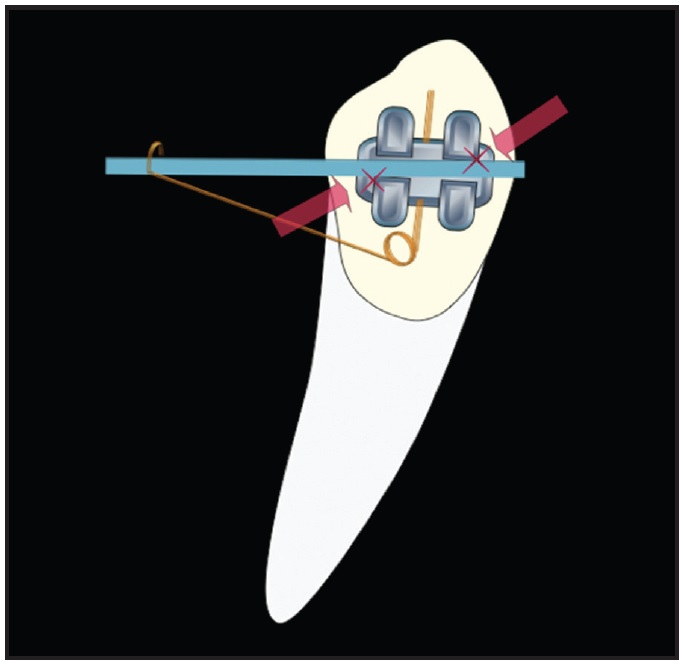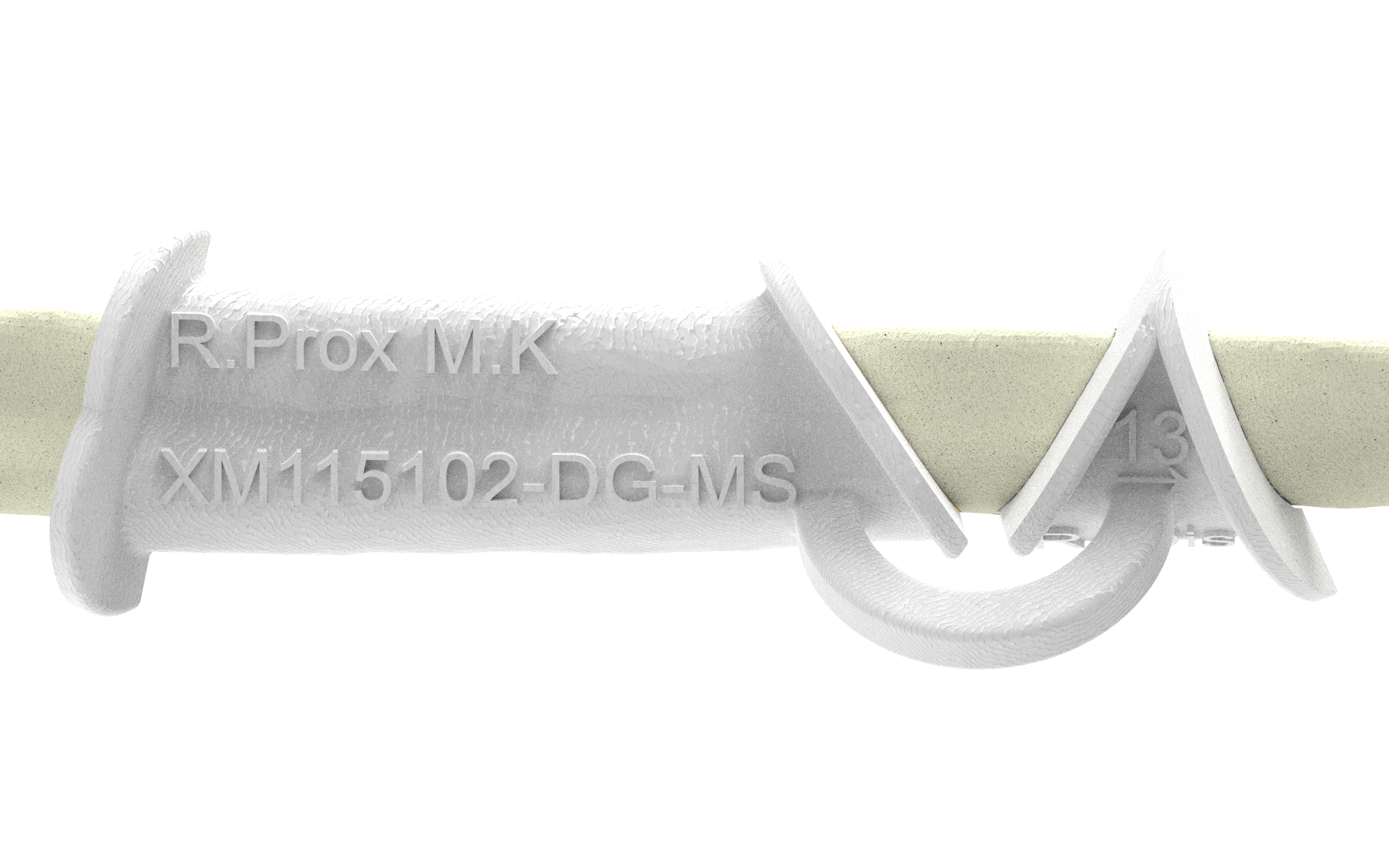V Slot Surgery
Dog just had ventral slot surgery 10 days ago, was doing well, but had an episode last night, back to same as before - Answered by a verified Dog Veterinarian. Slots app, you can work your way to VIP status and get free chips simply by playing online Vegas games and other social slots games. Your Las Vegas experience is just a touch away with POP! Slots’ social casino events, exciting in-app activities, new casino lobby, and the popular Vegas casino games straight from the casino floors.
- Slot development companies were quick to act and came up with a brilliant idea — demo slots. Demo slots are essentially free slots, and they enable players to play as much as they want for free. What makes them “demo” is the fact that you can make a deposit and switch to playing for real money whenever you want to.
- V-Contour This injectable procedure helps the targeted area slim down by dissolving fat and accelerating their natural release through the lymphatic system. Apart from being ideal for those who wish to slim down their facial features, it’s also recommended for those with a square jawline or too-high cheeks.
- The ventral slot surgery does seem more difficult than the laminectomy procedures done for disc problems the thoracic, lumbar or lumbosacral regions. It doesn't give quite as good a view of the spine and there are potential complications from the positioning of the nerve roots and venous sinuses when taking this approach.
Introduction
Once a patient with a cervical intervertebral disc herniation has been deemed a surgical candidate, the surgeon is faced with several options on how to operate. A general rule of thumb is to establish a goal of mass (disc) removal, as this is ultimately the decompressive element of surgery. A challenging decision comes when the herniated disc material is lateralized and residual material may remain in the intervertebral foramen without a carefully planned and executed approach. In these instances, it is not always clear which approach will best allow for spinal cord and nerve root decompression. Also challenging is the current lack of biomechanical studies comparing the instability created by these different approaches or the clinical significance of any such instability.
Ventral approach and ventral slot
V Slot Surgery Recovery
The ventral slot is one of the most widely used approaches for spinal cord decompression in veterinary patients with cervical intervertebral disc herniation. Using this procedure, it is very easy to access displaced disc material located within the ventral aspect of the vertebral canal (see Figure 30.1). This procedure was first described in dogs as an alternative to the dorsal approach for laminectomy or hemilaminectomy [1]. Either a ventral midline dissection or a paramedian dissection to the ventral cervical spine can be used. For the midline approach, a ventral midline incision is made and the approach is continued on the midline between the paired sternothyroideus and sternohyoideus muscles. The trachea, carotid sheath, and esophagus are retracted to the left to expose the paired longus colli muscles immediately ventral to the vertebrae [2]. For the paramedian approach, a ventral midline skin incision is made, but the dissection is continued paramedian, between the right sternocephalicus muscle and right sternothyroideus muscle [3]. The sternohyoideus and sternothyroideus muscles, trachea, esophagus, and carotid sheath are all retracted to the left. The paramedian approach may make it less likely to disrupt tracheal blood supply, the right carotid sheath, and the recurrent laryngeal nerve [3]. With either of these ventral approaches, the correct site for the ventral slot is identified by palpating the large transverse processes of C6 and the ventral midline process of C1 and then, using these landmarks, palpating the caudal ventral processes of the cervical vertebrae that mark each interspace between C2–C3 and C7–T1. It is important to review preoperative imaging to identify any anatomical variations in vertebral formula or transitional vertebrae. The longus colli muscle is divided along the midline to expose the ventral aspects of the vertebral bodies and intervertebral disc. A high-speed burr is used to create an opening (“slot”) in the vertebral bodies, centered over the disc space and extending to the dorsal longitudinal ligament. Due to the angulation of the intervertebral disc and end plates, the slot should be centered initially over the caudal aspect of the cranial vertebra rather than over the ventral annulus, with the caudal extent of the slot at the cranial end plate of the caudal vertebra. As the burring is continued dorsally, the slot will end up being centered on the dorsal aspect of the intervertebral disc. This will help avoid disruption of the paired vertebral venous plexus, which deviates laterally over each disc space, and thus reduce the risk for hemorrhage, which can be quite severe and interfere with completion of the disc removal and decompression. After penetrating the dorsal cortex of the vertebral body, the dorsal longitudinal ligament is separated or excised, and the herniated disc material is removed from the vertebral canal using instruments such as a right-angle nerve root retractor passed gently along the ventral aspect of the vertebral canal.

Complications of the ventral slot include hemorrhage from the vertebral venous plexus, instability of the vertebral bodies, erosion of the dorsal tracheal membrane from sutures in the longus colli, and poor decompression due to the limited visibility through the slot created [1, 4–7]. The reason the ventral approach is confined to a slot, and not a larger window that would permit more visualization and room for manipulation of instruments, is because of the potential for vertebral collapse and fracture from an overly aggressive degree of bone removal from the vertebral bodies. This is less a problem in human anterior approaches owing to the short but wide morphology of cervical vertebrae in that species, compared with the long but narrow cervical vertebrae in dogs. The small size of the resultant windows created in dogs, along with the small overall size of many veterinary patients, means that there is very little working room for either visualization or manipulation of instruments in our patients. So while the ventral approach provides the most direct route to ventrally herniated disc material, and without the degree of dissection required for dorsal approaches, it comes with the trade-off of very limited working space. The use of magnification and good lighting can mitigate some of these inherent limitations, but this remains one of the limiting aspects to this approach in dogs.
Dorsal approach and dorsal laminectomy
A dorsal approach to the cervical spine has been described and used for decompression of ventral disc displacements if there is a combined ventral disc displacement and dorsal compression (see Figure 30.2
You may also need

Nerve conduction velocity (NCV) is a test to see how fast electrical signals move through a nerve. This test is done along with electromyography (EMG) to assess the muscles for abnormalities.
Adhesive patches called surface electrodes are placed on the skin over nerves at different spots. Each patch gives off a very mild electrical impulse. This stimulates the nerve.
The resulting electrical activity of the nerve is recorded by the other electrodes. The distance between electrodes and the time it takes for electrical impulses to travel between electrodes are used to measure the speed of the nerve signals.
EMG is the recording from needles placed into the muscles. This is often done at the same time as this test.
You must stay at a normal body temperature. Being too cold or too warm alters nerve conduction and can give false results.

Tell your doctor if you have a cardiac defibrillator or pacemaker. Special steps will need to be taken before the test if you have one of these devices.
V Slot Surgery Procedure
Do not wear any lotions, sunscreen, perfume, or moisturizer on your body on the day of the test.
The impulse may feel like an electric shock. You may feel some discomfort depending on how strong the impulse is. You should feel no pain once the test is finished.
Often, the nerve conduction test is followed by electromyography (EMG). In this test, a needle is placed into a muscle and you are told to contract that muscle. This process can be uncomfortable during the test. You may have muscle soreness or bruising after the test at the site where the needle was inserted.
This test is used to diagnose nerve damage or destruction. The test may sometimes be used to evaluate diseases of nerve or muscle, including:
- Myopathy
- Lambert-Eaton syndrome
- Myasthenia gravis
- Carpal tunnel syndrome
- Tarsal tunnel syndrome
- Diabetic neuropathy
- Bell palsy
- Guillain-Barré syndrome
- Brachial plexopathy
NCV is related to the diameter of the nerve and the degree of myelination (the presence of a myelin sheath on the axon) of the nerve. Newborn infants have values that are approximately half that of adults. Adult values are normally reached by age 3 or 4.
Note: Normal value ranges may vary slightly among different laboratories. Talk to your health care provider about the meaning of your specific test results.
V Slot Surgery Procedure
Most often, abnormal results are due to nerve damage or destruction, including:
- Axonopathy (damage to the long portion of the nerve cell)
- Conduction block (the impulse is blocked somewhere along the nerve pathway)
- Demyelination (damage and loss of the fatty insulation surrounding the nerve cell)
The nerve damage or destruction may be due to many different conditions, including:
- Alcoholic neuropathy
- Diabetic neuropathy
- Nerve effects of uremia (from kidney failure)
- Traumatic injury to a nerve
- Guillain-Barré syndrome
- Diphtheria
- Carpal tunnel syndrome
- Brachial plexopathy
- Charcot-Marie-Tooth disease (hereditary)
- Chronic inflammatory polyneuropathy
- Common peroneal nerve dysfunction
- Distal median nerve dysfunction
- Femoral nerve dysfunction
- Friedreich ataxia
- General paresis
- Mononeuritis multiplex (multiple mononeuropathies)
- Primary amyloidosis
- Radial nerve dysfunction
- Sciatic nerve dysfunction
- Secondary systemic amyloidosis
- Sensorimotor polyneuropathy
- Tibial nerve dysfunction
- Ulnar nerve dysfunction
V Slot Surgery Center

Any peripheral neuropathy can cause abnormal results. Damage to the spinal cord and disk herniation (herniated nucleus pulposus) with nerve root compression can also cause abnormal results.
An NCV test shows the condition of the best surviving nerve fibers. Therefore, in some cases the results may be normal, even if there is nerve damage.
Deluca GC, Griggs RC. Approach to the patient with neurologic disease. In: Goldman L, Schafer AI, eds. Goldman-Cecil Medicine. 26th ed. Philadelphia, PA: Elsevier; 2020:chap 368.
Nuwer MR, Pouratian N. Monitoring of neural function: electromyography, nerve conduction, and evoked potentials. In: Winn HR, ed. Youmans and Winn Neurological Surgery. 7th ed. Philadelphia, PA: Elsevier; 2017:chap 247.
Updated by: Amit M. Shelat, DO, FACP, FAAN, Attending Neurologist and Assistant Professor of Clinical Neurology, Stony Brook University School of Medicine, Stony Brook, NY. Review provided by VeriMed Healthcare Network. Also reviewed by David Zieve, MD, MHA, Medical Director, Brenda Conaway, Editorial Director, and the A.D.A.M. Editorial team.